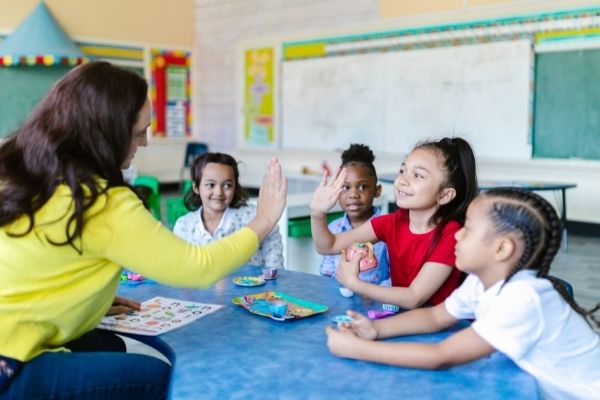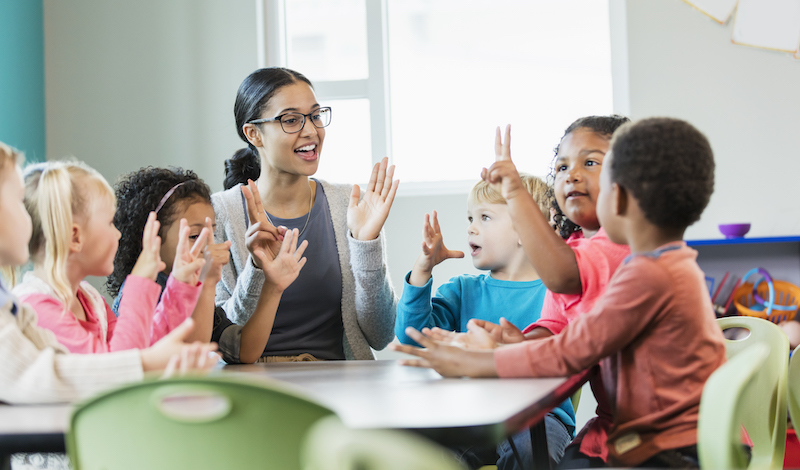
Progressive teaching methods for young children emphasize a child-centered, hands-on, and experiential approach to learning. These methods aim to foster creativity, critical thinking, and a love for learning. Here are some progressive teaching methods commonly used for young children:
- Play-Based Learning:

- Learning through play is fundamental to progressive teaching methods. Play helps children develop social, emotional, and cognitive skills.
- Activities such as imaginative play, role-playing, and games are incorporated into the curriculum to make learning enjoyable.
- Project-Based Learning:
- Children work on extended projects that allow them to explore a topic in-depth. These projects often integrate various subjects and encourage collaborative problem-solving.
- Projects are often hands-on and may involve real-world applications of knowledge.
- Reggio Emilia Approach:
- Originating in Italy, this approach views children as capable and competent learners. It emphasizes collaboration between children, teachers, and parents.
- The environment is considered the “third teacher,” and classrooms are designed to be aesthetically pleasing and inspiring.
- Montessori Method:

- Developed by Maria Montessori, this method focuses on the individual needs and interests of each child. It promotes self-directed learning and hands-on activities.
- Classrooms are usually equipped with specially designed materials that encourage exploration and skill development.
- Waldorf Education:
- Based on the philosophy of Rudolf Steiner, Waldorf education emphasizes holistic development. It integrates artistic and practical activities with academic learning.
- The curriculum often includes activities such as storytelling, music, movement, and nature exploration.
- Inquiry-Based Learning:
- Children are encouraged to ask questions, explore topics of interest, and seek answers through hands-on investigations.
- Teachers act as facilitators, guiding children through the process of discovery and helping them develop critical thinking skills.
- Technology Integration:

- Thoughtful use of technology tools to enhance learning experiences. This may include interactive educational games, educational apps, and multimedia resources.
- The emphasis is on using technology as a tool to support learning rather than as a passive consumption medium.
- Outdoor Education:
- Learning takes place in natural environments, encouraging a connection with the outdoors.
- Activities may include nature walks, gardening, and exploring the natural world.
- Cooperative Learning:
- Encourages collaboration among children. Group activities and projects promote teamwork, communication, and social skills.
- Children learn from and with each other, fostering a sense of community in the classroom.
- Flexible Assessment Methods:

- Assessment focuses on understanding a child’s progress holistically, considering their strengths, interests, and unique learning styles.
- Teachers use a variety of assessment tools, including observations, portfolios, and narratives.
These progressive teaching methods aim to create a positive and engaging learning environment that nurtures the holistic development of young children.



